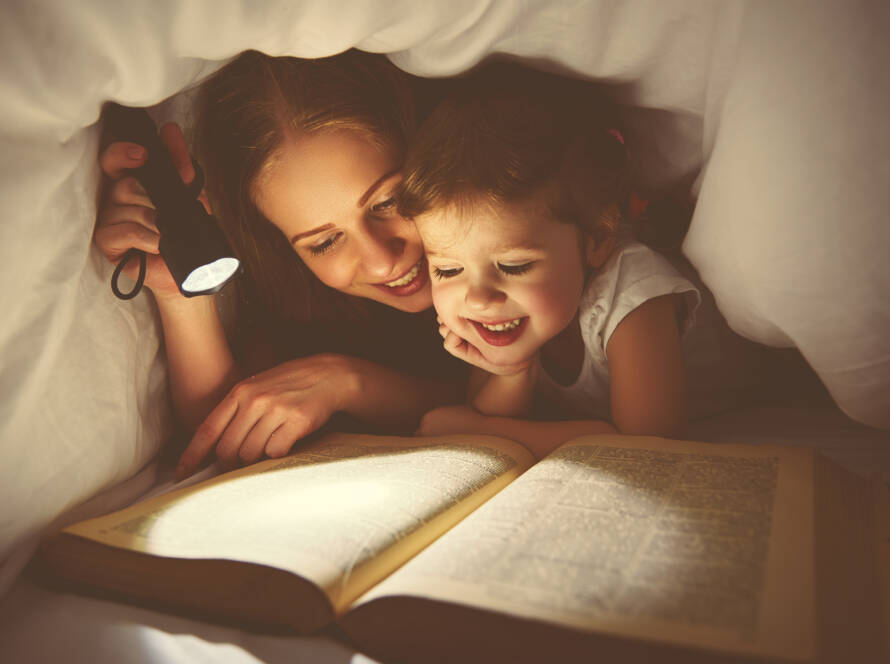Colors are an integral part of our daily lives, and they influence our emotions, moods, behaviors, and perceptions considerably. Every little detail around us reflects our personality and taste, from our clothes to our homes’ walls. They can evoke emotions and shape our experiences, making them essential for children’s development and well-being. As parents and caregivers, it is crucial to understand the psychological and physiological effects of various hues on children. By incorporating them into their surroundings, we can promote a healthy and harmonious environment that nurtures their minds, bodies, and souls. Through this exploration, we hope to provide parents and caregivers with a deeper understanding of the powerful influence of colors on our little ones and how to harness it for their benefit. So, let us paint their world and unlock the potential of colors in promoting their overall development.
Effects of Color on Children’s Development.
Scientific research has demonstrated that certain colors can significantly impact children’s growth and development, influencing their mood, behavior, and cognitive abilities. For example, vibrant colors such as red and yellow have been shown to increase energy levels and stimulate creativity, while cooler tones like blue and green can promote calmness, reduce stress, and improve focus. By utilizing colors strategically in learning environments, we can enhance children’s engagement and retention of information. Colors play a crucial role in visual stimulation, supporting children in developing their visual perception and color recognition skills. Recognizing the power of colors in children’s growth enables us to design environments that promote their overall development and well-being.
Newborns exhibit a remarkable fascination with colors right from the start. Despite their tender vision, they can already distinguish the allure of vibrant hues. Black and red appear to be the most captivating and enchanting colors for newborns among the multitude of shades. Even if you’re not reading storybooks to your little one yet, you can create a fascinating world for them to explore by decorating their mobiles, attire, and toys with a stunning array of vivid colors.
Colors and Children: A Therapeutic Connection.
Different colors can have a significant impact on children’s emotional well-being, and it has been observed that calming colors play a crucial role in their overall development. By incorporating a variety of colors into therapeutic activities, sensory experiences can be improved, and self-expression can be facilitated. Art therapy, for instance, can help children explore and communicate their emotions without using words. Warm colors such as oranges and yellows can evoke feelings of happiness and optimism, It is believed that cool colors such as blues and greens have a calming effect on the mind and body, promoting relaxation and tranquility. Incorporating these colors into an environment or decor can help create a peaceful atmosphere.. Therapists and educators can utilize the power of colors to create a supportive environment that promotes children’s emotional growth, self-awareness, and coping mechanisms. Overall, the therapeutic connection between colors and children can be a valuable tool for improving their psychological and emotional well-being.
The Impact of Colors on Children’s Emotions.
Research has determined that colors can have a significant effect on children’s emotions and impact their growth and development. Studies have shown that specific colors can elicit particular emotional responses in children. For example, bright and vibrant colors like red and yellow can induce feelings of excitement and energy, while pastel shades like pink and lavender can promote feelings of calmness and relaxation. By understanding how colors influence children’s emotions, educators and therapists can make informed decisions about the colors they incorporate into learning and therapeutic environments. The careful selection of colors in education can create an atmosphere that encourages creativity and fosters positive emotional experiences. In therapeutic settings, the use of colors can help children regulate their emotions and express themselves in a safe and supportive space. Overall, recognizing the impact of colors on children’s emotions can contribute to their overall well-being and growth.
Nurturing Children’s Minds with Vibrant Colors.
Color is a significant factor in the development of children’s minds. It has the potential to stimulate cognitive processes, increase creativity, and promote a sense of well-being. Creating a sensory-rich environment with a variety of colors in areas such as their bedrooms, playrooms, and classrooms can enhance children’s curiosity and imagination. Studies show that exposure to bright and stimulating colors can improve cognitive skills like memory retention and problem-solving abilities. Additionally, vibrant colors can elicit positive emotions, creating a joyful atmosphere that encourages active engagement in learning activities. By taking advantage of the power of colors, parents, educators, and caregivers can create an environment that fosters children’s growth, creativity, and calmness, leading to bright futures.
The Perfect Palette for Kids
The impact of colors on a child’s emotional state and level of comfort cannot be overstated. Creating a calming and relaxing environment is critical for children’s overall well-being and development. Studies indicate that soft and soothing colors such as gentle blues, serene greens, and calming pastels help reduce stress and promote peacefulness in children. Such colors create an atmosphere of tranquility and peace that allows children to unwind and recharge.
Parents and caregivers should carefully choose the right color palette for a child’s relaxation space to foster positive emotions and stimulate development. Colors can be selected to motivate, soothe, and comfort children, which is essential for creating a nurturing and soothing environment that supports their emotional growth and promotes serenity.
Additionally, young children often respond positively to bright colors and associate specific colors with their favorite characters. Incorporating their preferred colors into stories and other activities can help them feel more engaged and connected.


